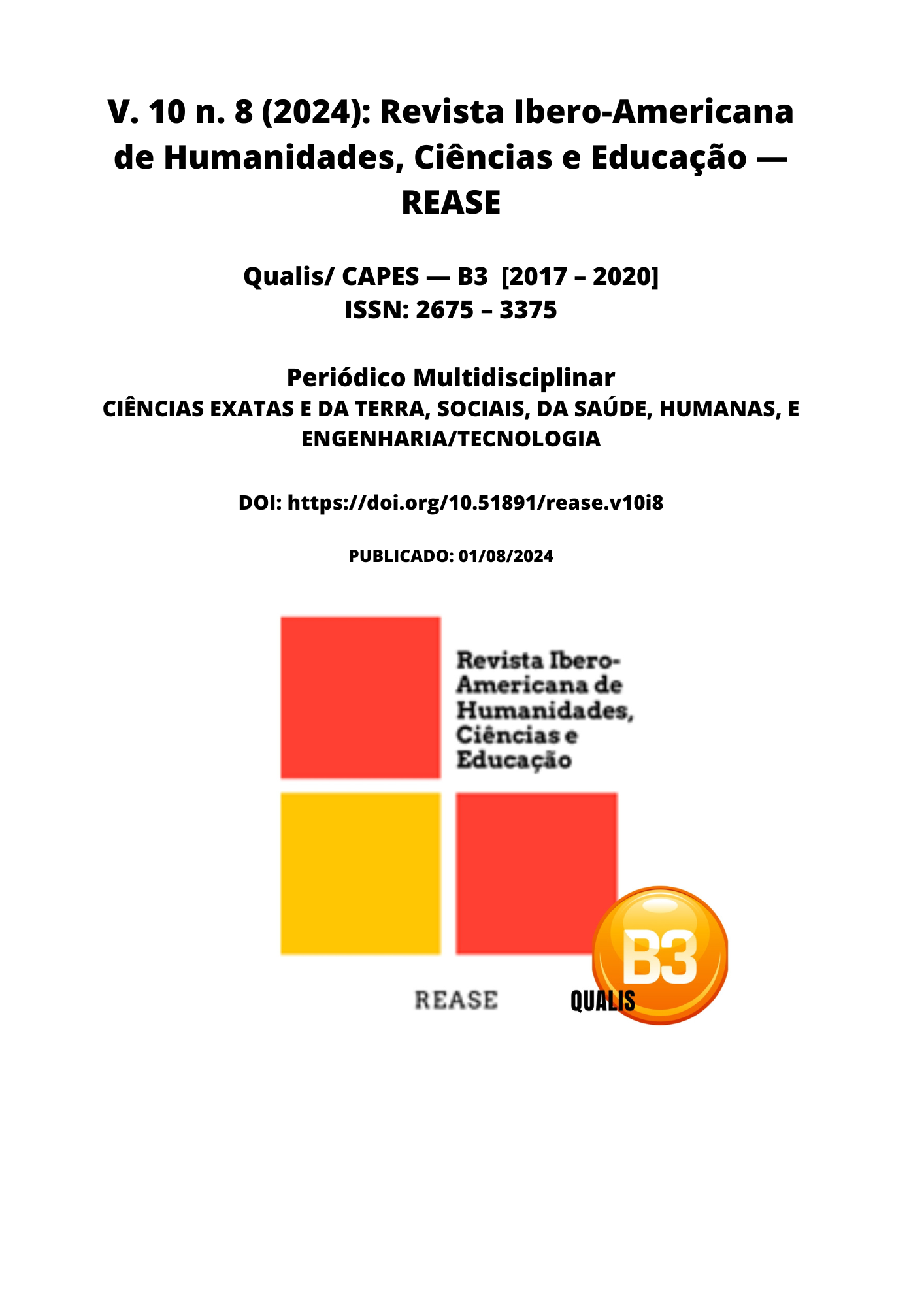PRE-ECLAMPSIA AND PLACENTA DISEASE: CLINICAL REPERCUSSIONS
DOI:
https://doi.org/10.51891/rease.v10i8.15453Keywords:
Preeclampsia. Disease. Placenta. Clinical repercussions.Abstract
Introduction: Preeclampsia and placental diseases represent serious obstetric complications, with profound impacts on maternal and fetal health. Preeclampsia, characterized by hypertension and proteinuria after 20 weeks of gestation, emerges as one of the main risk factors for maternal and perinatal morbidity and mortality. These conditions result from a complex interaction between immunological, genetic and environmental factors, culminating in endothelial dysfunction and systemic inflammation. The consequences of these complications include intrauterine growth restriction, premature birth and increased risk of long-term cardiovascular diseases for the mother. Early identification and appropriate management of these conditions are essential to improve maternal and fetal outcomes. Objective: The objective of this systematic review was to investigate the most recent scientific evidence on the clinical repercussions of preeclampsia and placental diseases, focusing on prevention strategies, clinical management and long-term impacts. Methodology: To conduct this review, the PRISMA checklist was used as a guide for selection and analysis of studies. The PubMed, Scielo and Web of Science databases were explored using the following descriptors: "preeclampsia", "placental disease", "neonatal complications", "cardiovascular risk" and "clinical management". Articles published in the last 10 years that addressed clinical and preventive aspects of preeclampsia, studies conducted in humans and articles available in full text were included. Studies with samples smaller than 50 participants, non-systematic reviews and articles not available in English or Portuguese were excluded. Results: The analysis of the studies revealed that the use of low-dose aspirin and calcium supplementation are effective in reducing the incidence of preeclampsia in high-risk pregnant women. In addition, the results highlighted the long-term impact of the condition, with a significant increase in the risk of chronic hypertension and cardiovascular disease in women who had preeclampsia. Multidisciplinary management and prolonged follow-up were indicated as essential to mitigate these risks. Conclusion: The review concluded that preeclampsia and placental diseases require a comprehensive preventive and therapeutic approach, focusing on early identification and appropriate management of risk factors. Implementation of preventive strategies, combined with continuous monitoring, can significantly improve maternal-fetal outcomes and reduce long-term complications, highlighting the importance of prolonged clinical follow-up.
Downloads
Downloads
Published
How to Cite
Issue
Section
Categories
License
Atribuição CC BY

